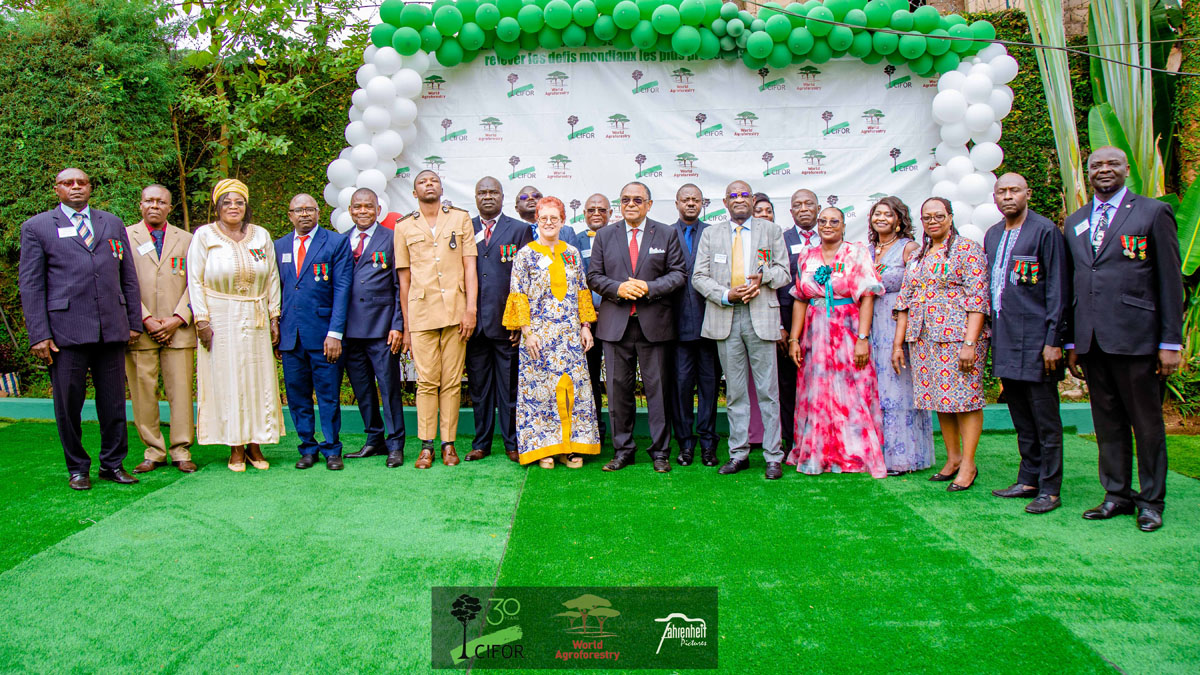Greenhouse gas (GHGs) emissions from peatlands contribute significantly to ongoing climate change because of human land use. To develop reliable and comprehensive estimates and predictions of GHG emissions from peatlands, it is necessary to have GHG observations, including carbon dioxide (CO2), methane (CH4) and nitrous oxide (N2O), that cover different peatland types globally. We synthesize published peatland studies with field GHG flux measurements to identify gaps in observations and suggest directions for future research. Although GHG flux measurements have been conducted at numerous sites globally, substantial gaps remain in current observations, encompassing various peatland types, regions and GHGs. Generally, there is a pressing need for additional GHG observations in Africa, Latin America and the Caribbean regions. Despite widespread measurements of CO2 and CH4, studies quantifying N2O emissions from peatlands are scarce, particularly in natural ecosystems. To expand the global coverage of peatland data, it is crucial to conduct more eddy covariance observations for long-term monitoring. Automated chambers are preferable for plot-scale observations to produce high temporal resolution data; however, traditional field campaigns with manual chamber measurements remain necessary, particularly in remote areas. To ensure that the data can be further used for modeling purposes, we suggest that chamber campaigns should be conducted at least monthly for a minimum duration of one year with no fewer than three replicates and measure key environmental variables. In addition, further studies are needed in restored peatlands, focusing on identifying the most effective restoration approaches for different ecosystem types, conditions, climates, and land use histories.
Download:
DOI:
https://doi.org/10.1007/s10533-023-01091-2
Altmetric score:
Dimensions Citation Count:
























